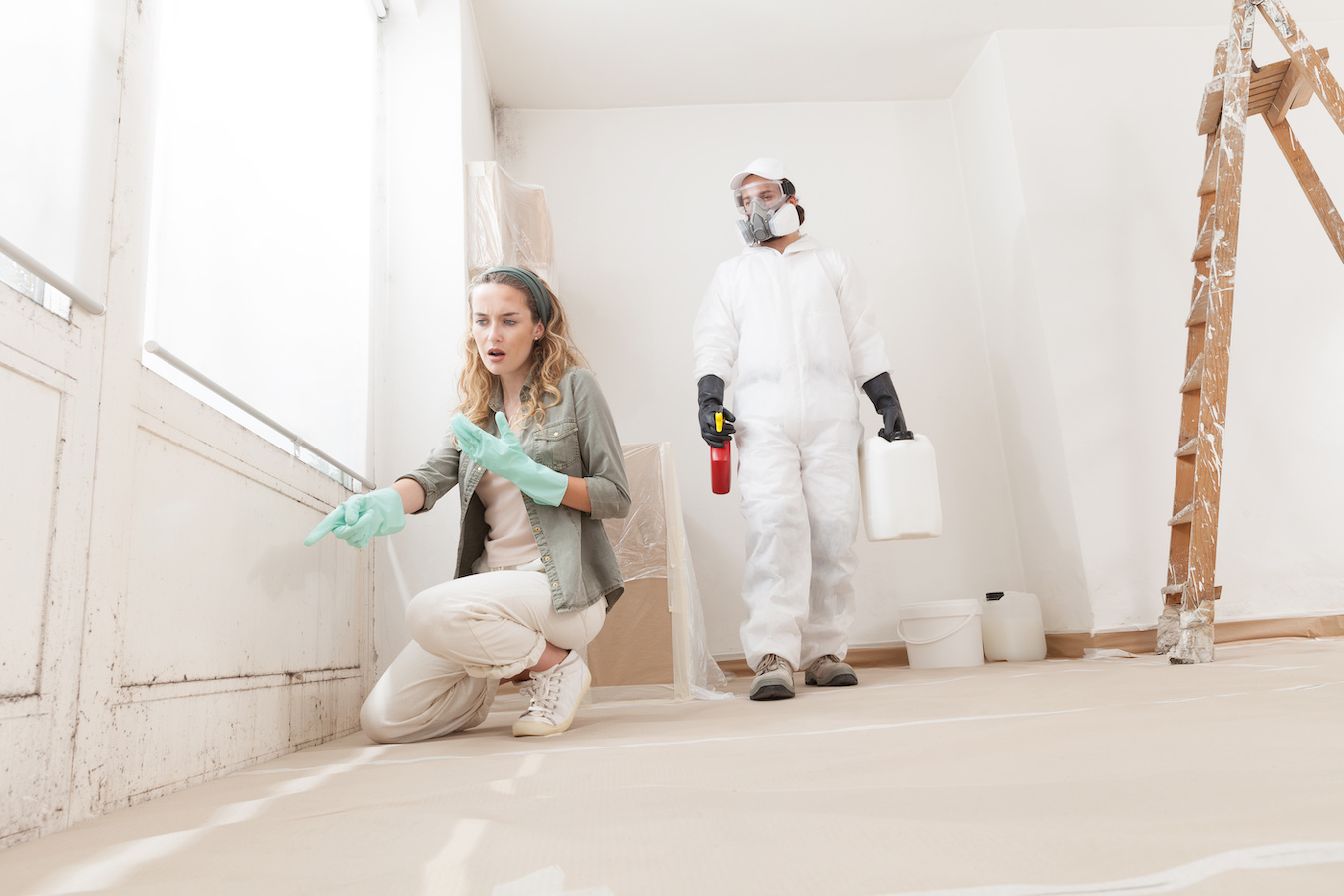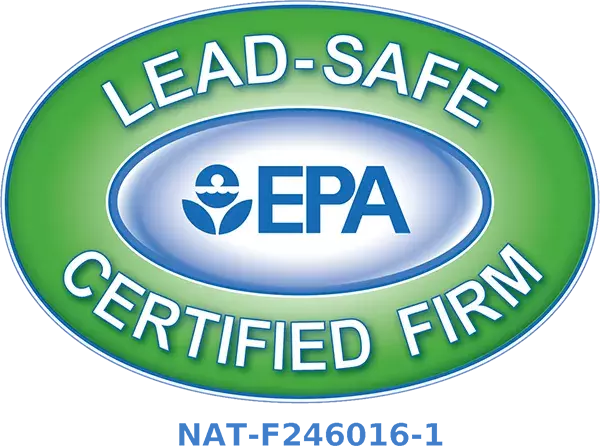Mold growth in homes can lead to serious health risks and significant property damage, which makes mold inspections vital for homeowners. With Florida’s humid climate creating ideal conditions for mold proliferation, understanding the importance of routine inspections is essential for safeguarding both your health and your investment. One critical aspect often overlooked is the cost of mold inspections. Understanding these costs can empower homeowners to make informed decisions, ensuring that they protect their homes effectively.
What is a Mold Inspection?
A mold inspection is a comprehensive evaluation designed to identify mold presence within a property. Certified inspectors assess the property for visible signs of mold growth, moisture issues, and areas susceptible to mold development. The objectives of a mold inspection include identifying the source of any mold growth, determining the extent of the infestation, and providing recommendations for remediation.
Difference Between a Mold Inspection and Mold Testing
It’s important to distinguish between mold inspection and mold testing. A mold inspection primarily involves a visual assessment and evaluation of conditions conducive to mold growth. In contrast, mold testing involves collecting samples (air or surface) to determine the specific types and concentrations of mold present. While both elements are crucial in managing mold issues effectively, they serve different purposes in the overall assessment process.
Factors Influencing the Cost of Mold Inspection
Size of the Property
The square footage of your home directly impacts mold inspection pricing. Larger properties require more time and effort to inspect thoroughly, resulting in higher costs. Inspection companies may charge based on the size of the area being inspected.
Location
Costs can also vary based on regional differences within Florida. Urban areas such as Miami or Orlando may exhibit higher inspection fees compared to more rural locales. Additionally, the local cost of living and availability of qualified inspectors can impact overall pricing.
Scope of the Inspection
The scope of the inspection can influence the overall cost. Basic inspections focus on visible areas, while comprehensive inspections involve inspecting hidden areas, utilizing specialized equipment, and possibly taking samples for laboratory analysis. These advanced inspections often come with additional fees, which homeowners should factor into their decision-making.
Typical Cost Ranges for Mold Inspections
Overview of Average Costs
On average, homeowners can expect to pay between $300 and $600 for a standard mold inspection (for a property up to 2,000 square feet). Comprehensive inspections, especially those that require sampling and laboratory testing, can range from $600 to $1,000 or more, depending on the factors listed above.
Explanation of What’s Included
Typically, the inspection fee includes a visual assessment of the property, identification of potential problem areas, a written report of findings, and recommendations for remediation if necessary. It’s advisable to inquire about what is explicitly included in the inspection fee before committing to a service.
When to Schedule a Mold Inspection
Signs Indicating the Need for a Mold Inspection
Being proactive is crucial in managing potential mold issues. Signs that may warrant a mold inspection include:
- Recent water damage from flooding or leaks
- Persistent musty odors within the home
- Visible mold growth on surfaces
- Unexplained health symptoms, such as respiratory issues or allergies
Importance of Proactive Inspections
Older homes or properties with prior water issues may be more prone to mold growth, making regular inspections vital. Detecting mold early not only protects your health but can also prevent extensive damage and costly remediation later on.
Additional Costs That May Arise
Possible Additional Charges
While the initial inspection provides valuable insight, there may be additional costs associated with laboratory testing for mold samples, which can range from $30 to $100 per sample. If extensive mold is found, you may also need to budget for follow-up inspections to ensure effective remediation.
Explanation of Follow-Up Inspections
After remediation, follow-up inspections may be necessary to confirm that the mold has been successfully eliminated. This can involve another round of visual inspections and possibly retesting, adding to the overall costs.
Comparing Mold Inspection Costs
Tips on How to Compare Costs
To ensure you are getting the best value, consider the following:
- Obtain Multiple Quotes: Reach out to several reputable mold inspection companies for quotes and compare their offerings.
- Inquire About Services Included: Ensure that you fully understand what each inspection entails and if follow-up services are included.
Importance of Verifying Credentials
Before hiring an inspector, verify their credentials and certifications, such as IICRC or ACAC, to ensure that they are qualified to conduct thorough inspections. A reputable inspector will have no hesitation in providing proof of their training, certifications, and insurance.
The Value of Investing in a Mold Inspection
Long-Term Benefits of Addressing Mold Issues Early
Proactively investing in a mold inspection can yield significant long-term benefits, including:
- Health Protection: Safeguarding your family’s health by addressing mold before it becomes a larger, more pervasive problem.
- Property Value Preservation: Mold can lead to decreased property value if not addressed. Regular inspections can preserve your home’s value.
- Cost Savings on Remediation: Early detection minimizes the scope of required remediation work and comparative costs.
Discussing Potential Savings from Timely Remediation
Proper maintenance and early intervention can prevent more extensive damage, saving homeowners potential repair costs that could run into thousands of dollars. By investing in regular mold inspections, homeowners can protect their investments and ensure a safe living environment.
Insurance and Mold Inspection Costs
Overview of Homeowners Insurance Coverage
Many homeowners insurance policies may cover inspections and mold remediation services, but the specifics can vary widely. It’s essential to know what is covered under your policy, as this could have significant implications for your finances should mold be discovered.
Tips for Discussing Inspection Costs and Coverage
- Review Your Policy: Familiarize yourself with coverage details concerning mold damage and inspection.
- Discuss Coverage with Your Provider: Clear communication with your insurance agent about inspection and remediation coverage is crucial. Ask questions if you’re unsure, as they can clarify your coverage options.


